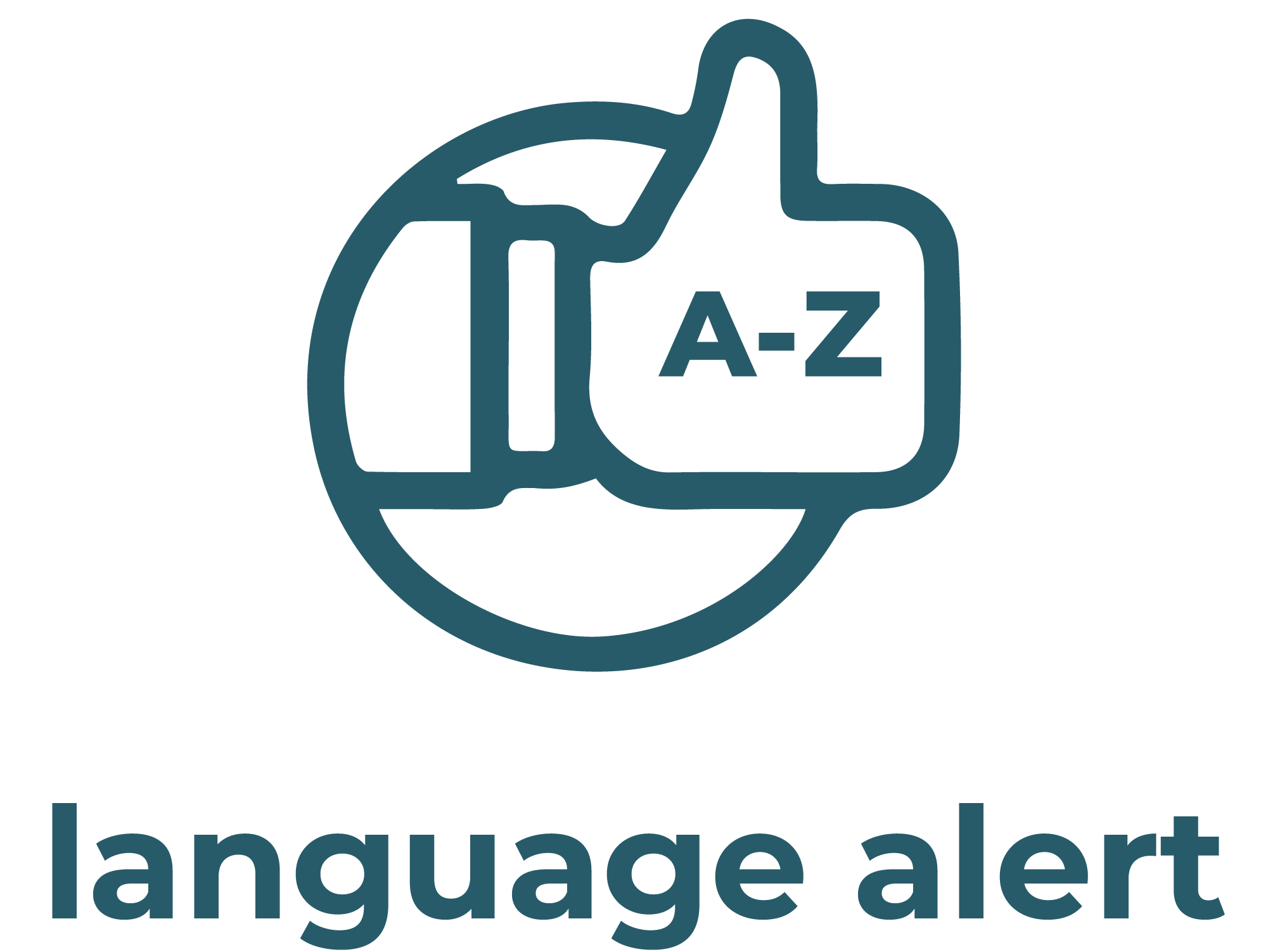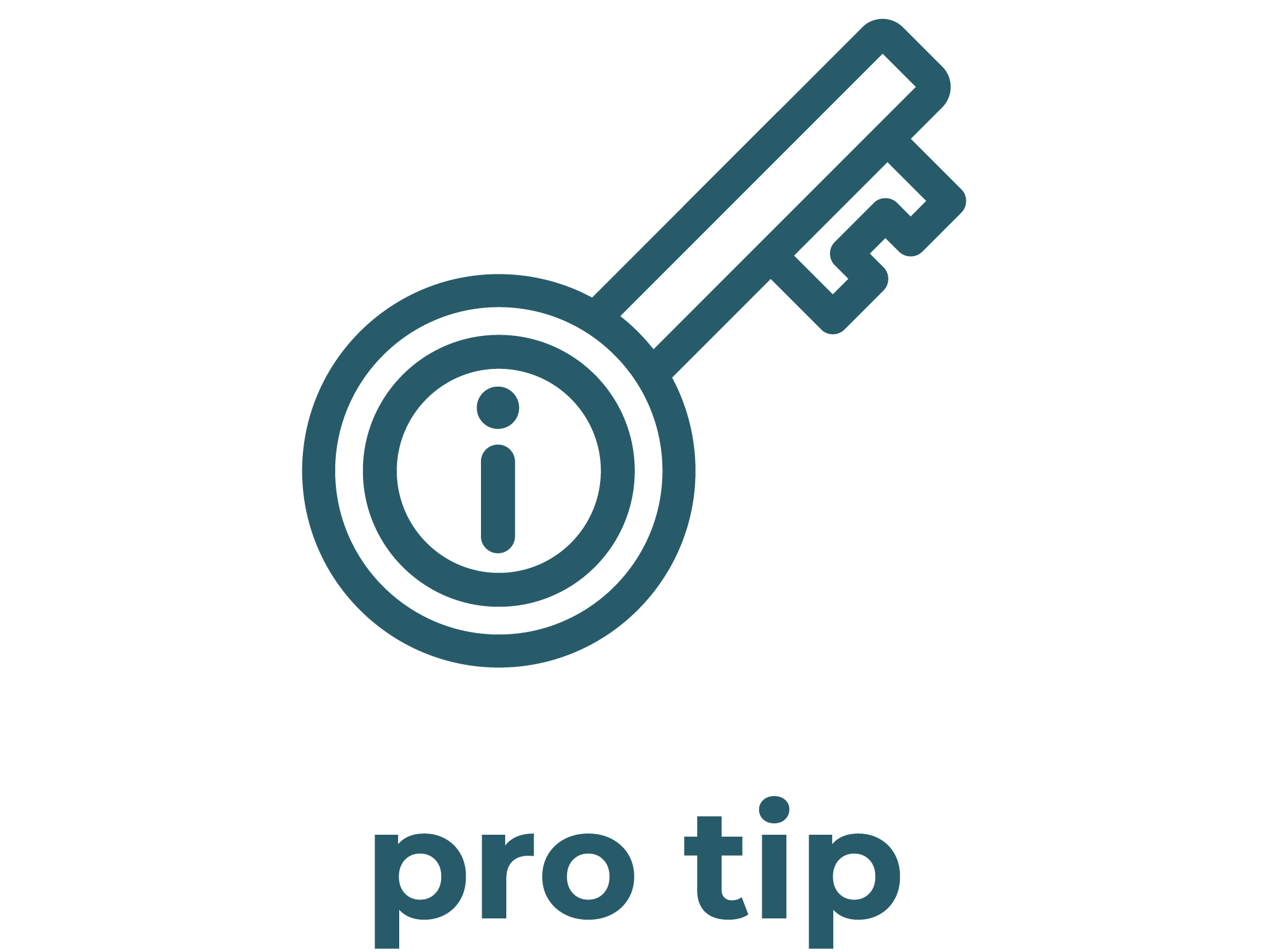Who Are My Representatives?
Who are we talking about when we say “contact your reps”? Using our voice and our vote is a powerful tool for change that too many of us don’t take advantage of. Learning about who your reps are and how to contact them can help you change that.
Learn more.
“Contact your reps” is an umbrella term
It refers to publicly elected officials at the local, state, or federal level in the executive, judicial, and legislative branches. The representative (rep) you need to contact depends on the issue you want to discuss and what level of government is responsible for that issue. In addition, it may sometimes be useful to contact several different reps at multiple levels about the same issue, depending on what you seek to accomplish.
More often than not, we mean a representative in the Legislature. This is the lawmaking branch of government, aka Congress. It’s made up of two chambers: the House of Representatives and the Senate.
Each state also has a lawmaking body known as the State Legislature. In some states, the state legislature is called the State Assembly, General Assembly, Legislative Assembly, or General Court.
Members of the legislature are also called legislators or lawmakers.
The U.S. is a representative democracy
This means that rather than voting individually on every issue, we vote for elected officials to represent our interests. These elected officials meet to debate and make governing decisions on behalf of us. This type of democracy is a solution to when a country becomes so large that it is difficult for every person to participate directly. It also allows for majority rule while protecting minority rights. This creates the opportunity to simultaneously protect the social, cultural, and religious rights of minority groups, and provides an avenue for minority opinion to influence popular opinion when popular opinion is not currently on the right side of history (example: the evolution of popular opinion on same sex marriage).
Elected officials are charged with acting in the best interest of their constituents. These are the people that an official has been elected to represent. That’s you!
We, the people, have the right to access our representatives to express our opinions and desires on whether or not our representatives are acting in our best interest or making governance decisions with which we agree. These elected officials are, in turn, expected to give voice to our needs in the political system by representing our ideas, priorities, and concerns.
Unfortunately, elected officials don’t always represent the views of their constituents. A wide variety of factors can lead representatives to promote their own self-interest, or ideological perspective, above ours. For example, they can be swayed by those with money and influence to make behind-closed-door deals, become beholden to a very specific demographic of their constituents, or disregard the will of the people in a bid to maintain power. The best way to prevent this, or at least to strongly discourage it, is to actively engage with your representatives so that they are aware of your views and desires, know you are paying attention, and believe you will work to hold them accountable by voting them out of office if they do not adequately represent the will of the people, put people first, or propose adequate solutions to problems that our communities face.
Federal level reps
President and Vice President
They are part of the executive branch and are our highest representatives. They represent our entire nation, not just the people in one state or district.
Senators
Members of the Senate (aka the upper house/chamber) are known as Senators. There are two Senators per state. We only vote for Senators every six years, so if they are doing a bad job at representing us, we are stuck with them for a while (unless they are impeached or forced to resign from office).
Representatives
Members of the House of Representatives (aka the House or lower house/chamber) are commonly referred to as Representatives or Congresspeople* (e.g. Representative Smith or Congressperson Smith). The number of Representatives a state has depends on the state’s population, and each Representative serves a district. We vote for Representatives every two years.
Delegates
The District of Columbia and U.S. territories such as American Samoa, Guam, Puerto Rico, the Northern Mariana Islands, and the U.S. Virgin Islands have non-voting Delegates in the House.
Tribal Council Members
Native American reservations function outside of state control and have sovereign Native American governments. Tribal Council members can be elected or appointed and the council serves a similar function as other legislative bodies. Some nations, such as the Cherokee and Choctaw Nations, are advocating for Congressional seats and working towards being represented in the House by delegates.
When Congress is in session, you can find your lawmakers in Washington D.C. When Congress is in recess (a break in proceedings), most return to their district or state to visit with constituents.
Yes, it’s confusing that “contact your representative” (little “r”) can refer to any number of elected officials while “contact your Representative” (big “R”) means your specific Representative in the House. It’s also confusing that Senators and Representatives are both Members of Congress, but only Representatives are referred to as “Congresspeople”.
Use this Common Cause database or Ballotpedia tool to find the contact info of your Members of Congress. You can also see the bills they’ve introduced, voting history, committees they serve on, and political contributions they’ve received.
It’s more inclusive to use the terms “congresspeople” or “congressperson” instead of defaulting to the term “congressman”.
State-level reps
Governor and Lieutenant Governor
They are part of the executive branch and are your highest representatives at the state level.
State Senators and State Representatives
Similar to Congress, the State Legislature has two chambers - State Representatives are in the House and State Senators are in the Senate (except Nebraska, the only state to have just one legislative body). In some states, the House is known as the Assembly and is served by Assembly People or Delegates instead of Representatives. Both State Senators and State Representatives/Assembly People/Delegates are elected for two-year terms. They often have offices at both the state Capitol and at district level.
States are responsible for things like holding elections, providing for public health and safety, crafting education policy, and collecting and distributing state taxes.
Other state-level elected officials vary from state to state but often include: State Treasurer, Secretary of State, State Comptroller, Attorney General, Sheriffs, and certain Judges, among others. (Note, in some states, these positions may be appointed vs elected.)
Use this Common Cause database or Ballotpedia tool to find the contact info of your state reps. You can also see the bills they’ve introduced, voting history, committees they serve on, and political contributions they’ve received.
Local-level reps
Local government setups vary from state to state, and even within states. As a result, there is no standard structure for local government, and the titles of elected positions and the bodies they serve depend on where you live.
Part of the reason you see a lot of focus on national level advocacy or calls to action focused on contacting Members of Congress is because it can be very confusing to figure out who at local level is responsible for the issue you want to discuss and very difficult to create a one-size-fits-all call to action.
This is a huge missed opportunity because local governments have an outsized impact on our daily lives. Local government is responsible for things like education, housing, taxes, police, fire protection, emergency services, sanitation, public transportation, parks and recreation, building and road construction and repair, land development, zoning regulations, utilities, and public works (think: streets, sewers, snow removal, signage), among others.
If you are serious about making a difference in your community, it’s important to learn about how your local government is structured and who your representatives are.
Here are a few steps you can take:
Look up your local government structures and contact information for both elected and appointed officials at usa.gov. You will most likely be directed to your local government website where you can learn even more.
Visit this My Reps database to find the contact information of your local reps.
Read these 101s on types of local governments and forms of local government by the National League of Cities. And this Wikipedia entry.
Common local reps
Mayor
Often the highest representative at the city level. Almost all large cities have a mayor.
City Council
(aka town council or board of alderman, among others) Is the legislative body of a city or town. They propose, debate, pass and ratify laws and ordinances. They also manage city budgets and investigate city agencies, when necessary.
Some local reps are full-time, paid positions (usually in large metropolitan cities) while others are part-time and/or volunteer or receive a small stipend.
Other locally elected officials
Include but are not limited to County executives, commissioners, school board members, district attorney (aka state’s attorney), and certain judges. (Note, in some states, these positions may be appointed vs elected.)
Not representatives, but you should also get to know them
Appointed officials
Some government positions are appointed vs elected. Not only do titles of officials vary from state to state, but who is elected vs appointed -- and the process of appointment -- also varies. At the federal level, appointed positions include, but are not limited to: Supreme Court Justices, Circuit Court Judges, Cabinet members, and Ambassadors.
Public administrators
While not elected, they are often powerful decision-makers. Public administrators oversee the operation of city agencies, departments, and bureaus. They are responsible for implementing regulations, policy directives, and agency laws, and overseeing budgets. The city manager is often the top local administrator.
Staffers
An umbrella term for people who work for publicly elected officials. They are most often the people you will speak to when trying to contact your Members of Congress, and who will work with you to address your concerns.
Get to know your reps
Now that you know how to find out who your reps are, take the next step of creating a list of all your representatives at each level of government, and how to contact them.
Use this Common Cause database or Ballotpedia tool to find the contact info of your federal and state reps. You can also see the bills they’ve introduced, committees they serve on, and political contributions they’ve received.
This My Reps database will also give you the contact information of your local reps.
Save your reps’ contact information on your phone so that you always have it on hand.
Read our post How to Contact Your Reps to learn about the most effective ways to engage your reps and make your voice count.
Make a difference on the issues you care about.
Become an Everyday Activism Network supporter and receive new Learn and Take Action newsletters delivered straight to your inbox every Tuesday.
About Everyday Activism Network
Everyday Activism Network is a one-stop-shop where you can learn about and take action on a variety of social justice issues and causes. Each week, we publish new posts designed to support your everyday activism.
Take Action posts provide a variety of purposeful actions to choose from.
How To posts help you learn how to optimize an action for maximum impact.
Terminology posts educate you on terms and concepts related to social justice and taking action.
Inspiration posts spotlight organizations and changemakers doing great work and how to support them.
By doing the research and planning for you, we provide opportunities for you to easily engage on the issues you care about, making better use of your time, talent, and resources. Whether you have five minutes or five hours, you can make a difference.
Read more about How It Works.
Subscribe | Donate
Your subscription is your donation. Our work is free to all and supported by subscribers.
Learn & Take Action
Explore our archive to learn how to help on a variety of social justice issues and causes.
Follow & Engage
See this post as a graphic slideshow and join a like-minded community of everyday activists.
Originally published June 8, 2021.
Posts identify both fast actions that you can take in under five minutes and more time-intensive actions that deepen your engagement. Our fast actions tend to be time-bound, as a result, some posts in the archive may contain expired links. Not to fret, we also recommend anytime actions that never go out of date.




